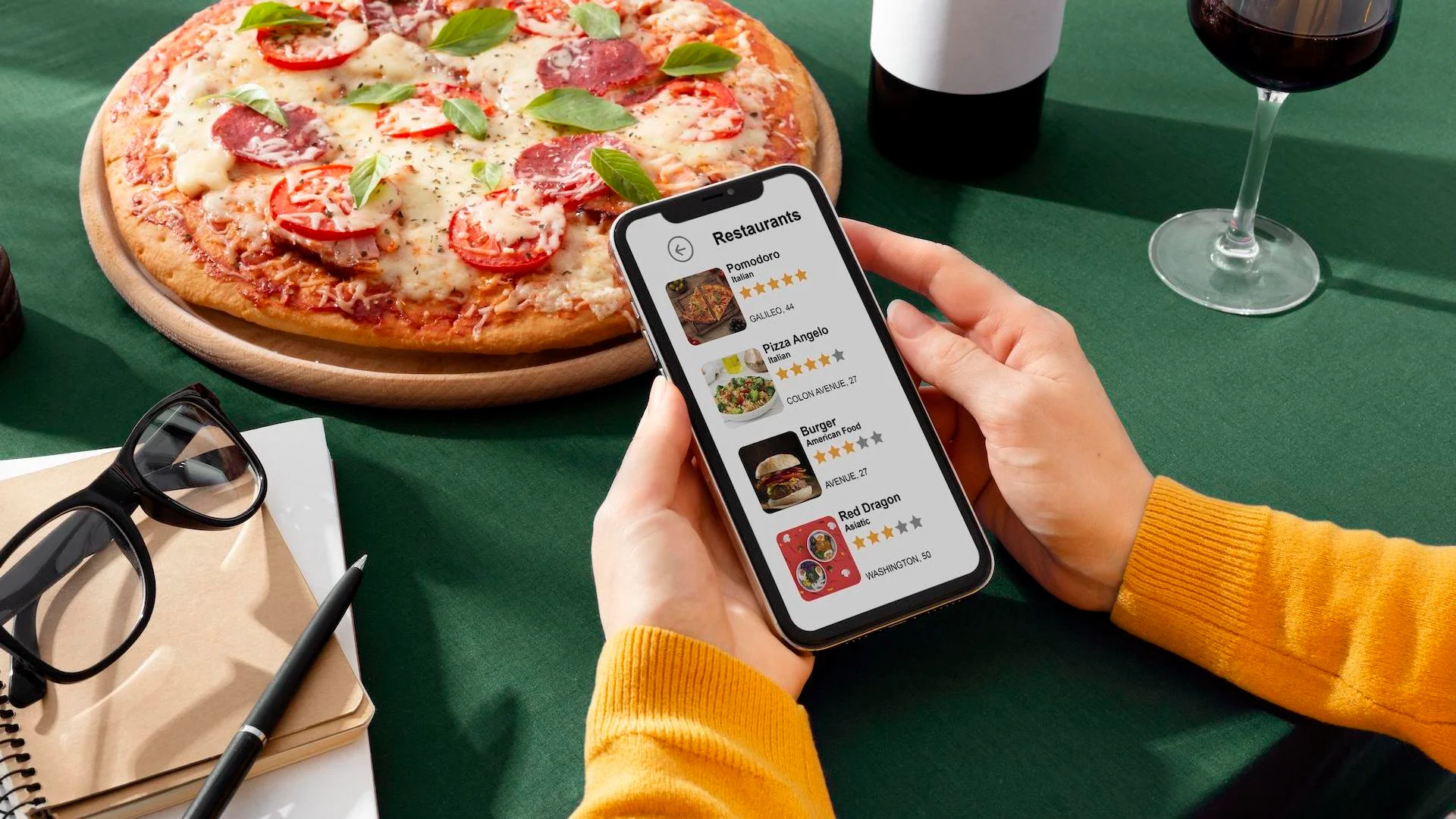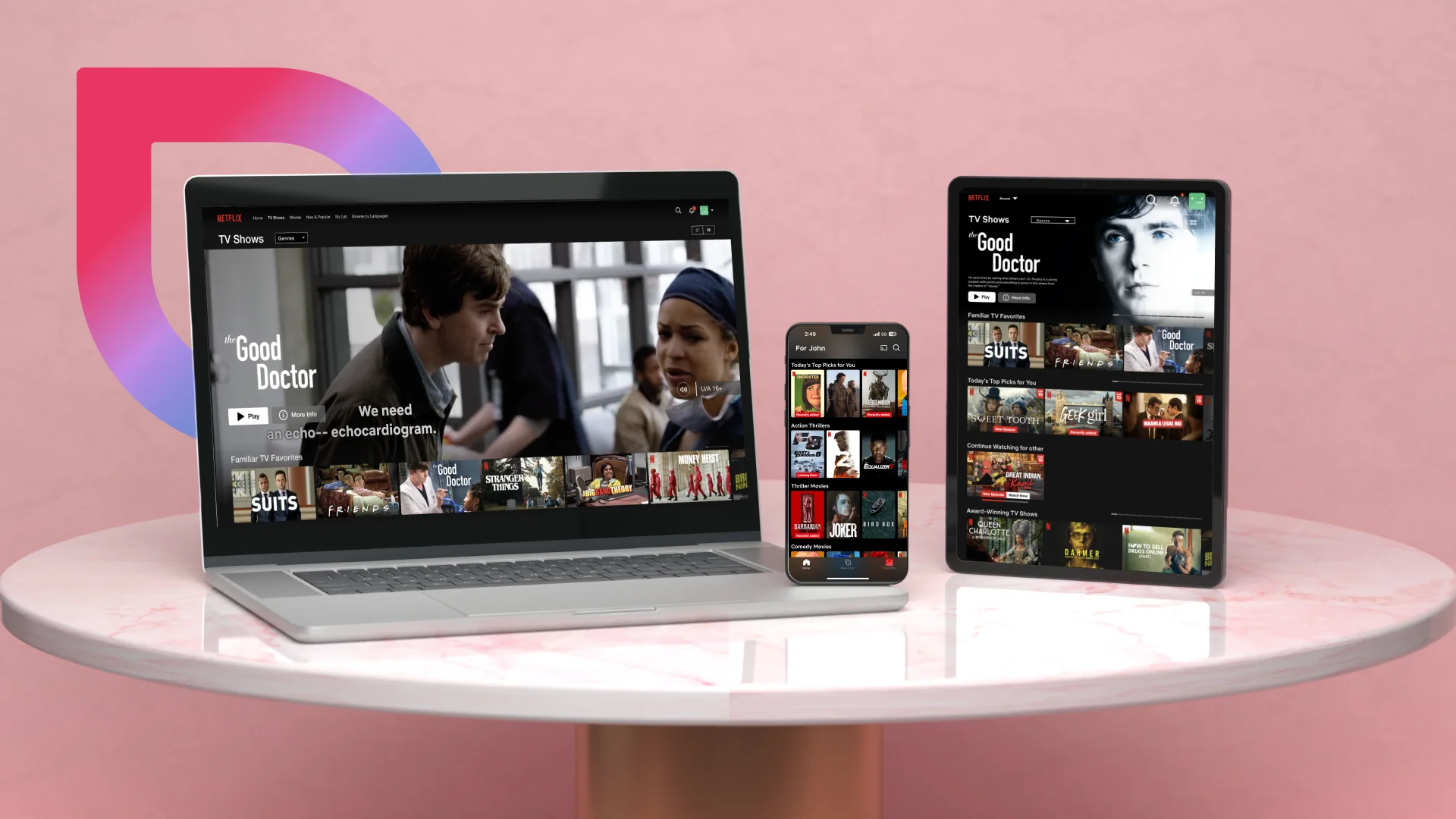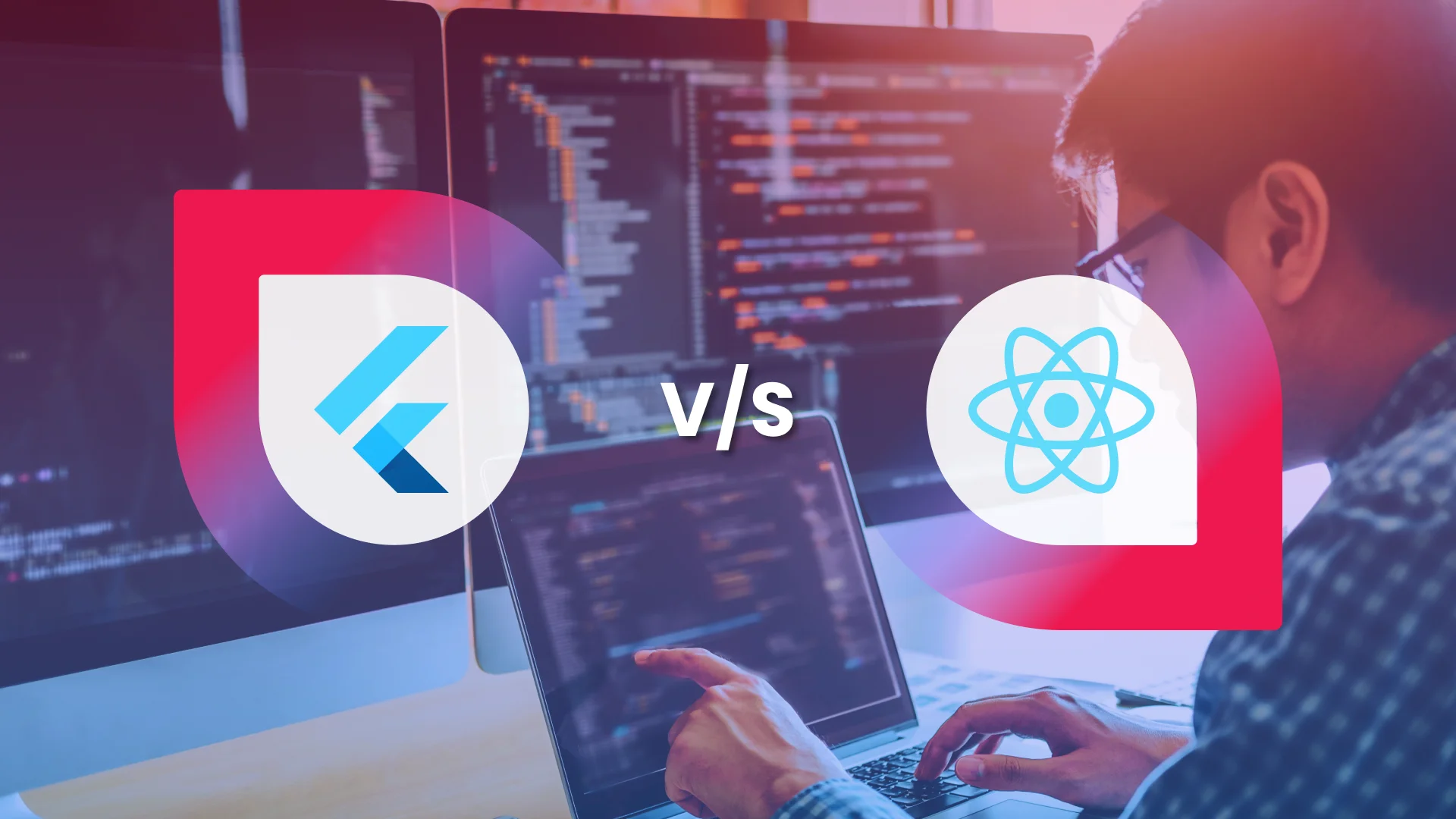The Biggest Challenges Faced by Food Delivery App Business
- Mobile
- January 6, 2022
The world has changed and has been continuously changing rapidly. Technology is changing and transforming nearly every industry that exists and has been delivering unpredictable aspects of growth to them.
By adding ease, cost-effectiveness, and quality to the services and products, technology has made a place for itself in the market at each and every segment.
Getting services like food, medicines, clothing as well as daily necessities is just a matter of few touches upon the screens and everything is available at your doorsteps.
One of the most affected and benefited seems to be the industry of food. With the market shifting from the dining out towards the home delivery services, technological growth has even more paced up in the sector.
Food delivery brands and organizations have grown huge and are leading the online marketplace.
The total revenue of the online food ordering marketplace grew up to an incredible of $107,438M in 2019 and is expected to grow at 8.8% in the meantime till 2024.

But like every sector and industry, even this one is facing and will continue to face challenges in the highly transforming market.
The ongoing change has brought in a number of issues to cope up with and with them, the opportunities to soar high.
Read also: Top 3 On-Demand Food Delivery Platforms to Make Restaurant Business Successful
Let’s look upon the challenges being faced by the food delivery industry and take a sneak peek into the market.
Challenges For The Food Delivery App Business
Food delivery app business has continuously been induced with a number of new customers each day.
With the growing market base and cultivating opportunities, a large number of competitors have entered into the market with greater thrust and push. This has made the market place competitive and challenging for the businesses to capture.
Unstable Customer Base is The Major Setback
Customers in the food delivery businesses are observed to be highly unstable at loyalty. For a major part of the population, the term loyalty in while getting the food delivered doesn’t even exist.
The major aim of the food delivery is to get great food at greater prices and with the least hassle. The competitors and market players have brought in the game of marketing and delivering services to such a merrier level that customers are already enjoying utmost services from almost all of them and thus aren’t in a situation to have a lot of differences in the choices.
This has made the customer base unstable and diverts them away from the aspect of the business called loyalty. The food delivery businesses are trying very hard to control the loyalty factor and have realized the importance of it.
A number of marketing strategies and tactics are continuously being offered by the food delivery organizations to have a happy and loyal customer base.
As per the reports by Clevertap, a staggering amount of about 86% of users stop using an application after two weeks of its launch.
Prices of The Market Are As Unstable
Not just the customer base but also the prices of the food industry are highly volatile.
With a number of factors affecting the prices of the food industry, organizations dealing in the food delivery business are lacking the track of keeping up with the effective prices and continuously have to strive for the right amount.
While fighting inflation and rising prices of the food in association with their partners, they have to even focus upon the offensive or defensive pricing models being put forward by their competitors in the market continuously.
The two-way pricing attack makes it even more difficult for the delivery brands to keep up with a constant rate of growth and revenue.
However, with their asset-light model, aggregators post earnings before interest, taxes, depreciation, and amortization (EBITDA) margins of 40% to 50%.
Inconsistent Food Quality
It becomes highly challenging for the delivery partners to deliver the food with the utmost quality at the doorsteps far away from the place it is being prepared.
The difference in the food being served upon the tables of the outlet as well as the one being delivered at the doorsteps is creating a major loophole the organizations have to strive hard to overcome.
With technology, the delivery of the food has been possible but has yet to be implemented for the betterment of the means of the delivery in an affordable manner.
Getting Ready For The Demand
Every business aspires to grow and increase the market base continuously. It’s an ongoing process and has no end.
But in the race to capture the bigger portion of the market, there’s another end to it that talks about the maintenance of the supply and availability to suffice the demand of the market thus captured.
Howsoever big is the market captured, it’s a failed attempt if the businesses are unable to satisfy the needs of the customer base.
The factor of satisfaction herein does not lie with just the delivery partners but the ones working at the backend, the restaurant owners.
The market lies upon the delivery partner brands and thus is important to fill the gap between the delivery partners and restaurant owners to work together and get themselves ready to suffice the demand of the captured market.
Bigger Fish Eats Up All The Other Ones
The market consists of a number of players striving hard to reach the same goal – the biggest market share.
The same race, when is joined by a bigger player who is already established and popular among the market, takes up a bigger pie with fewer efforts and leaves a very small portion for the other players to compete for.
This brings on a challenge for smaller and upcoming players of the market to gain a larger customer base and a one of higher value.
Competing with the already established and traditional delivery models has been a difficult time for the new technological application-oriented platforms. The traditional delivery systems still own a major of about 90% of the total market.
Read also: How Much Does it Cost to Develop On-Demand Food Delivery Apps Similar to UberEATS
Solutions For The Food Delivery App Industry
With every challenge being put forward by the market, it requires the competitors to put forward a better solution that can lead the market to further development and growth. The suggested solutions include:
- Implementation of Customer Relationship Management Software Programmes to maintain a healthy and continual relationship of the brands with their customers. This includes assisting the customers with their needs and quick and better turnaround time for support.
- Management of the resources is the major solution for a number of problems. The management can have great benefits upon the effectiveness and efficiency of the delivery business and can highly impact the satisfaction of the customer base.
- Right marketing is the answer to every business problem. The way you reach out to your customer base with the exact requirement in the market at the exact time is everything a great and ever-growing business can get equipped with.
- Keeping up with the market and upgrading yourself is the major solution to consider at regular intervals of time. The game called market segmentation and capturing it is the one that keeps on changing the rules and horizons to be won.
- The final winner of the competition is the one which keeps up with the higher responsiveness, customer friendliness, and great support. Offer your customers an online platform they want to visit again and again and the services they want to use.

Conclusion
The food delivery industry will keep growing as expected in the coming decade. The sector is expected to reach about $200B of supersize industry by 2025.
A number of new services and tech tools are predicted to be induced in the market to make it more capable and able to serve a bigger share of the market. The future of the online food delivery seems to be bright and the online applications are trying to utilize it at their best.
Delivery giants, however, have to keep up their game in the market and keep a track of the upcoming player in the market.
The final aim of the services and the sector is to have well-managed services, hassle-free delivery, and utmost customer satisfaction and comfort.
The industry is the one based upon the services and the one who delivers services better than the food is the one who has better prospects of winning.
FAQs About Food Delivery App Development
The cost of developing a food delivery app depends on several factors like the type of functionality, development platform, the location of a developer, etc. However, on average, the food delivery app development may cost around $17,000 to $25,000.
There is no exact answer to this question because the time needed for food delivery app development largely depends on the type of functionality and experience level of the designer. It may take around 400 to 600 hours on an estimate.
There are many benefits of having a food delivery app for a restaurant like it makes the ordering process easier, efficient order management, cheap marketing, smoother transactions, the convenience of mobile ordering, and many more.
The food delivery app makes money in many ways like a delivery fee, commission fee, restaurants pay for advertising, restaurants pay for the listing, etc.













